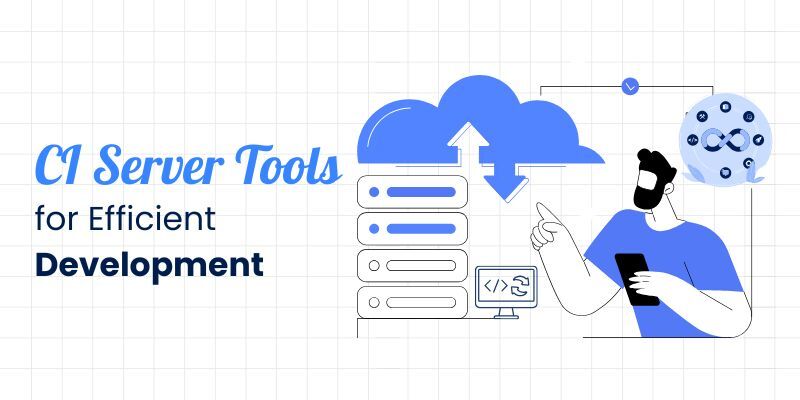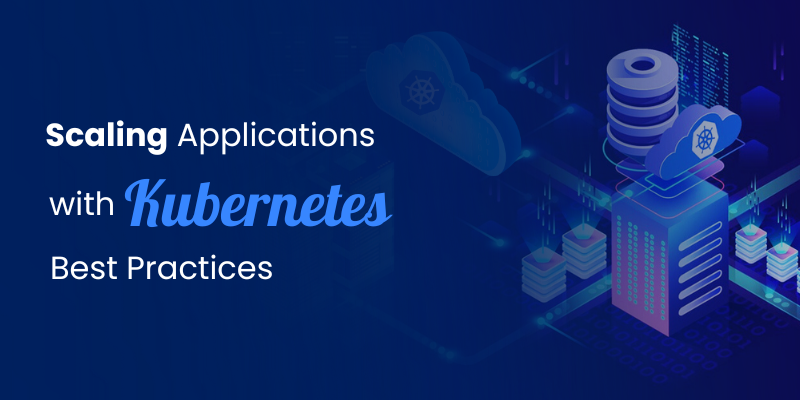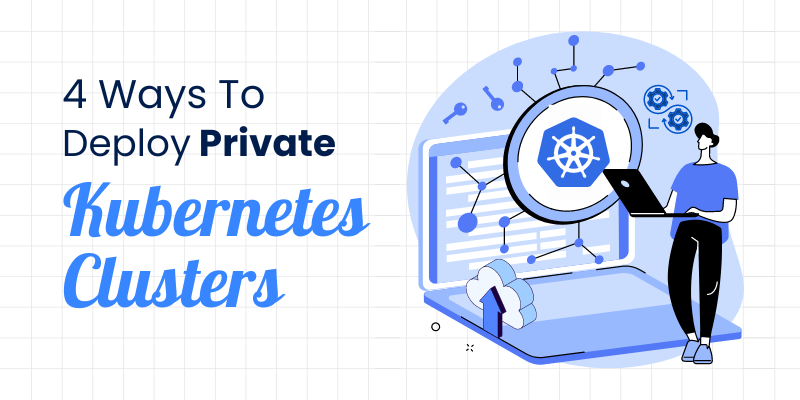
Kubernetes has become the new norm for container orchestration. But with this, its management brings in profound challenges for enterprises and DevOps teams planning to implement Kubernetes architecture within their organization. Here are 3 tools to manage a Kubernetes cluster. Take a look!
Kubernetes usage appears to be a popular pattern being adopted by enterprises these days. As per the 2021 Cloud-Native Survey, Kubernetes, the dominant container orchestration program has reached its highest level ever, with 96% of organizations using or evaluating the technology.
Enterprises going cloud-native consider Kubernetes as one of the important elements contributing to the success of implementing a cloud-first strategy. Kubernetes is a system that helps with the deployment, scaling and management of containerized applications.
If you’re planning to shift your business architecture to Kubernetes, then I’m sure Kubernetes management is the first thing that would come to your mind. So, let’s take a look at some of the popular Kubernetes management tools, here in this blog.
Kubernetes Operations (kOps)
kOps (shortened form of Kubernetes Operations) is a set of tools that helps users in creating, upgrading and managing production-grade Kubernetes clusters. This open-source project automates clusters in AWS & GCE and also supports cloud-native features and automatic updates.
kOps is considered to be one of the best tools for deploying small production-grade clusters. It is built on a state-sync model that provides dry-runs and automatic idempotency. Some of the incredible features of this Kubernetes tool include,
- It helps in automating the provisioning of highly available Kubernetes clusters and supports zero-config managed cluster add-ons.
- Its additional features include command line autocompletion, YAML manifest-based API configuration, and dry-run modes for creating manifests.
- It allows adding of containers, as hooks, and files to nodes through a cluster manifest file.
- It provides support for add-ons, upgrading from kube-up, and the ability to generate Terraform configurations.
Kubespray
Next on the list of Kubernetes management tools is Kubespray. Kubespray is an automation tool that can help automate the provisioning of Kubernetes with Ansible, an open-source IT automation engine. It enables quicker, more flexible and hassle-free deployment of Kubernetes clusters allowing customization of the implementation process.
Kubespray can be defined as a combination of Kubernetes and Ansible. It operates on bare metal and most cloud services. Moreover, it supports popular Linux distributions, such as Ubuntu, CentOS, Debian, Fedora, OpenSUSE, and Flatcar. Kubespray is one of the most popular ways to automate a Kubernetes cluster. Its extraordinary features include,
- Within Kubespray, tasks such as creating clusters, composing inventory files, and cluster deployment can all be automated.
- Kubespray can make the deployment process very easy as users may need to run just one Ansible playbook to deploy the K8s cluster.
- Based on the cluster requirements, additional components such as Ansible playbooks or provisioning tools can be plugged in.
Kubespray is one of the most effective options for organizations that run a hybrid environment with more than one public cloud on their premises.
[Good Read: What The C-Suite Needs To Know About Using Kubernetes!]
BuildPiper
BuildPiper is an end-to-end Kubernetes & Microservices Application Delivery Platform that enables more than 10X reduced time & investments required on your Kubernetes & microservices journey, along with the ability to run zero-touch, fully-automated & secured CI/CD pipelines. Here are some of the other out-of-the-box functionalities of this Kubernetes tool,
- Namespace/ Ingress Management
Easy creation of Ingress, Namespaces, Config Maps, Secrets. This can easily be done through a Guided UI or by uploading the Manifest file via Gitops. - Security Tools
Easy and production-grade setup of supporting tools for security such as Hashicorp Vault, Consul, Sonar, Istio, Nginx from a single, centralized console. - Monitoring & Log Management Tools
Hassle-free and enterprise-grade setup of Monitoring tools such as Prometheus, Grafana, Alert Manager and Log Management tools such as ElasticSearch, Fluentd, and Kibana. - 360-degree Cluster Observability
Easy and seamless configuration, maintenance and management of K8s cluster with deep insights and 360-degree observability. - RBAC
RBAC based safe and compliant interface for K8s Operations and access control management. - Kubernetes Dashboard
Detailed cluster monitoring via a feature-rich and user-friendly Kubernetes dashboard. - AWS Cluster Creation
Highly secure creation of AWS cluster that conforms to AWS & CIS benchmarks driven security standards and practices by default. - AWS Spot Instances
Cost Optimised setup with an added advantage to leverage AWS Spot Instances during AWS cluster creation. - Start/Stop/Cloning an Environment
Quick and hassle-free modification and cloning of the build & deploy details from an already created environment. - Cost Optimization with Spot Instances
Allowing DevOps teams to use spot instances for running containerized workloads.
BuildPiper eases the task of the DevOps team as it frees them from the task of keeping a check on the implementation details of Kubernetes components and making sure that the cluster is healthy, secure, and up to date. With added functionalities like Managed Microservices, security, compliance, and observability, BuildPiper is one of the most suitable Kubernetes management tools for deriving value from microservices applications and accelerating business growth.
[Good Read: “Does Your Business Need “Managed Kubernetes?”]
Stay tuned for more information & recent updates on Kubernetes tools, in our upcoming blogs! Have a HAPPY Reading till then!
BuildPiper is an end-to-end Microservices Delivery Platform!



